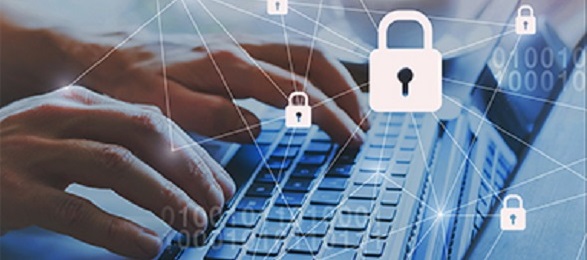5. Understand the main methods used by hackers
To infiltrate corporate networks, hackers employ tools that exploit either human or technical vulnerabilities, sometimes blending the two. The most common types of attacks include:
Manipulation
As a form of psychological hacking, social engineering involves manipulating employees to make harmful decisions through various means. By using publicly available information from a company's website or an employee's social accounts, a hacker can attract attention by playing on emotions or empathy. They may also gain trust by posing as a trusted third party, like a friend or colleague.
Malware
Malware refers to a range of programs, including viruses, developed to harm a computer system and exploit its resources (data, memory, network). These programs use various avenues to achieve their goals, including email, file sharing, fraudulent web pages, and USB drives.
Phishing
A phishing attempt involves extracting sensitive information by using a fake email or SMS that appears innocuous, such as a package delivery notification, receipt confirmation, or identity verification request. Clicking on a link or downloading an attachment can unwittingly spread malware within the company's network.
CEO Fraud
This cyber version of fund diversion involves tricking an individual who may have sensitive banking information into making an urgent or confidential transfer, often using the identity of a top executive.
Distributed Denial of Service (DDoS)
By overwhelming computer servers with connection requests, cybercriminals can saturate a server's bandwidth and deplete a system's resources, rendering access impossible.
Ransomware
Ransomware locks computers or essential files crucial to a company's operation. The cybercriminal then demands a ransom in exchange for unlocking them. This infection can occur after opening a manipulated attachment, visiting compromised websites, or as a result of a system breach.






